No Results Found
The page you requested could not be found. Try refining your search, or use the navigation above to locate the post.
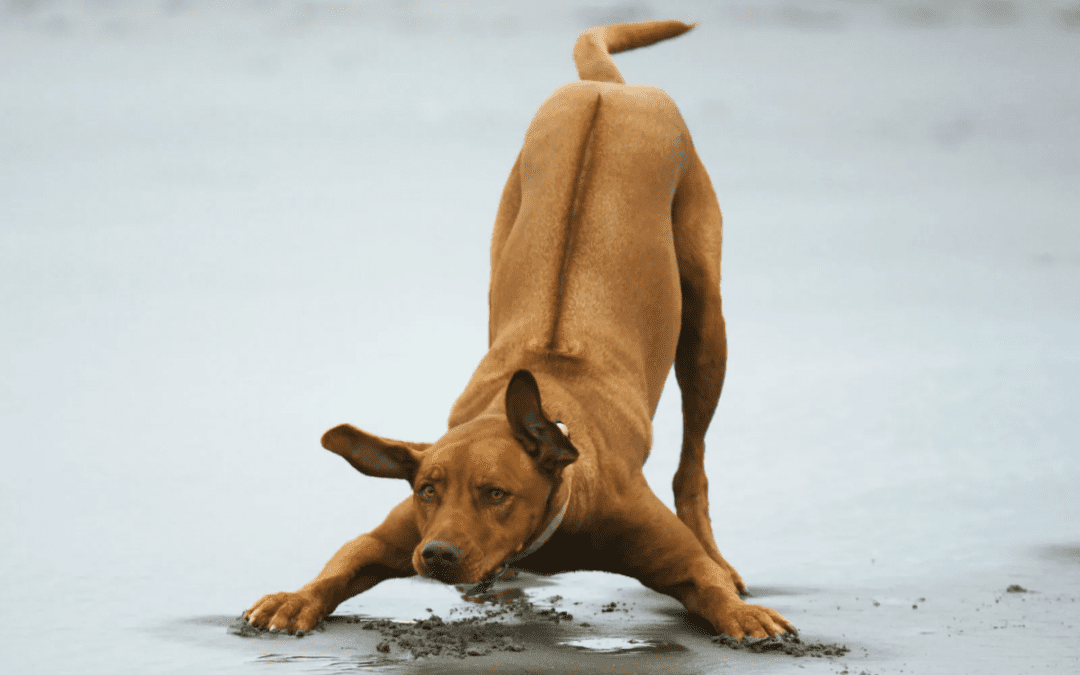
• Rhodesian Ridgeback:
This breed, recognized as South Africa’s national dog, is known for its unique ridge of hair growing in the opposite direction on its back.
• Boerboel:
Originally bred to guard farms, Boerboels are known for their strength, loyalty, and protective nature, and are affectionate with their families but wary of strangers.
• African Wild Dog (Lycaon pictus):
While not a domesticated breed, these wild dogs are a fascinating part of South Africa’s canine heritage, known for their striking appearance and cooperative hunting behavior.
• Just Nuisance:
This Great Dane was a beloved figure in South Africa, becoming the only dog ever to be officially enlisted in the Royal Navy, serving at HMS Afrikander in Simon’s Town.
Today, one of the most domesticated animals, in many parts of the world the Canis lupus familiaris is a beloved family member and friend we share our lives with.
• Dogs can smell diseases such as diabetes and cancer.
• Dogs conduct their “business” in a north south-direction.
• Dogs can smell about 10,000 times better than humans.
• Dogs know when they do not have enough information to solve a problem and actively search for more input.
• Dogs have three eyelids.
• To drink water, dogs plunge their tongue straight into the water, pull it to the rear and shovel the water into their throat.
• The smell in a dog’s urine lets other dogs know if the one who left the message is young or old, male or female, healthy or sick and happy or angry.
• Dogs can see colours, however, their perception of colour resembles that of a person who is colour blind.
• Dogs can estimate the size of another dog by the sound of their growling.
• Sweat ducts in dogs’ paws are activated when it is too hot and helps to keep their body temperature cool. Because of dogs’ “sweaty feet”, they leave wet footprints.
Showing 37–48 of 127 resultsSorted by popularity


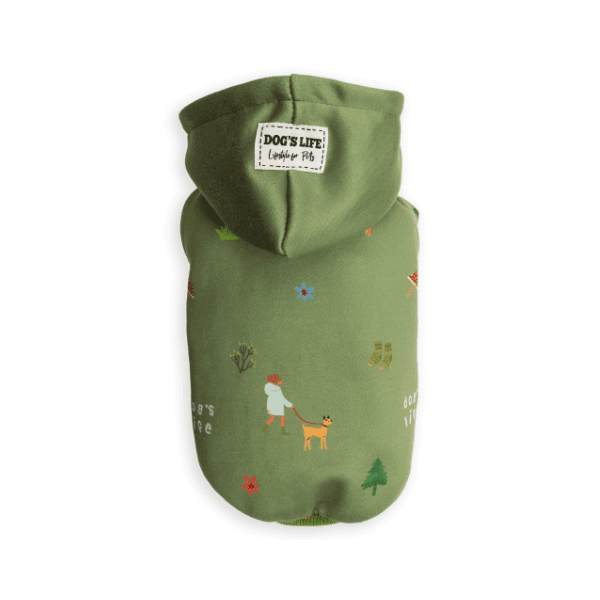
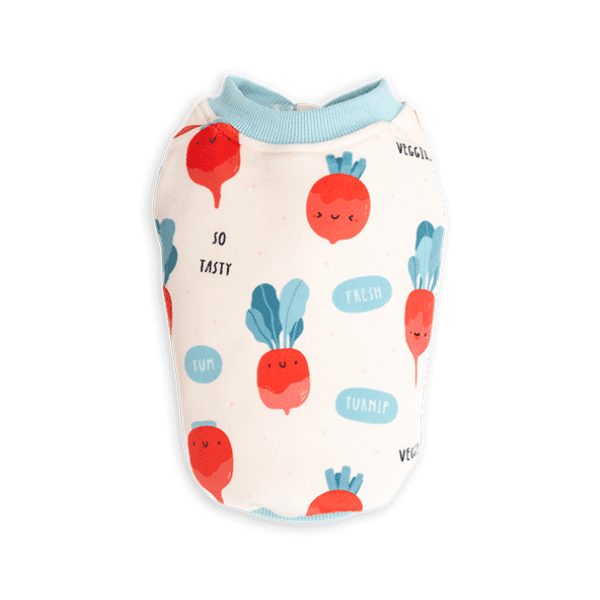


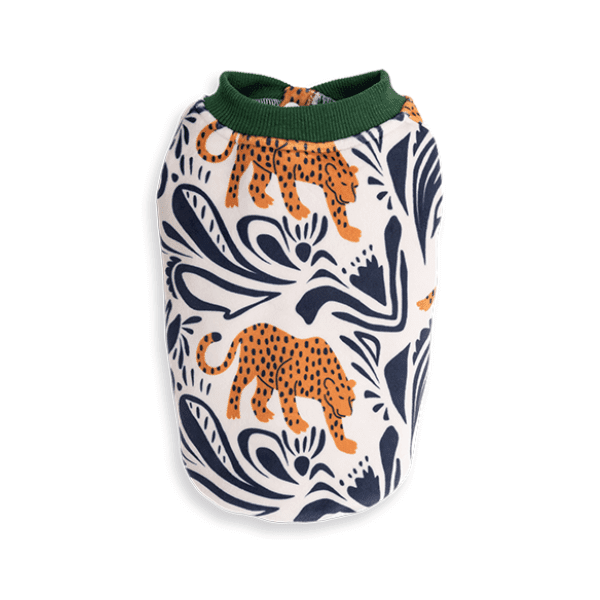
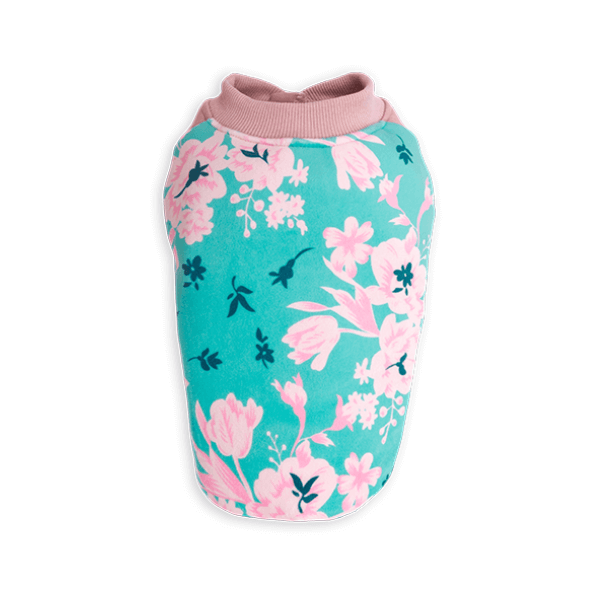
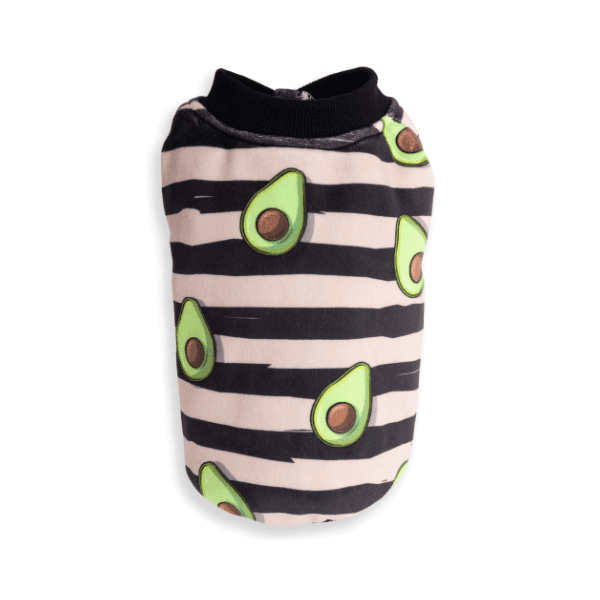
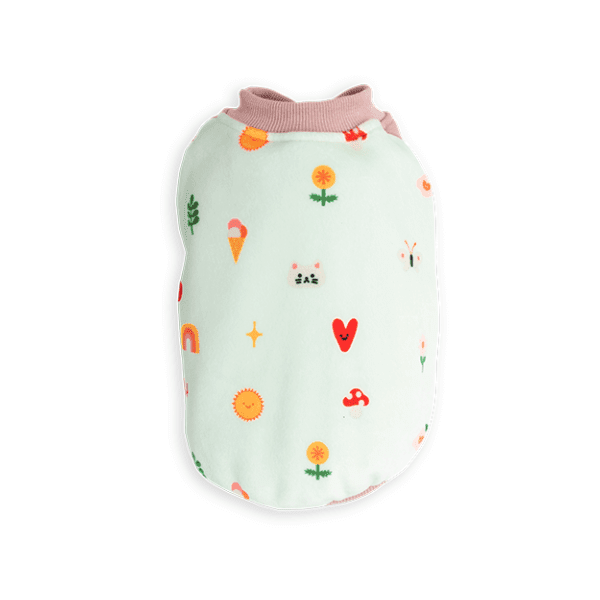
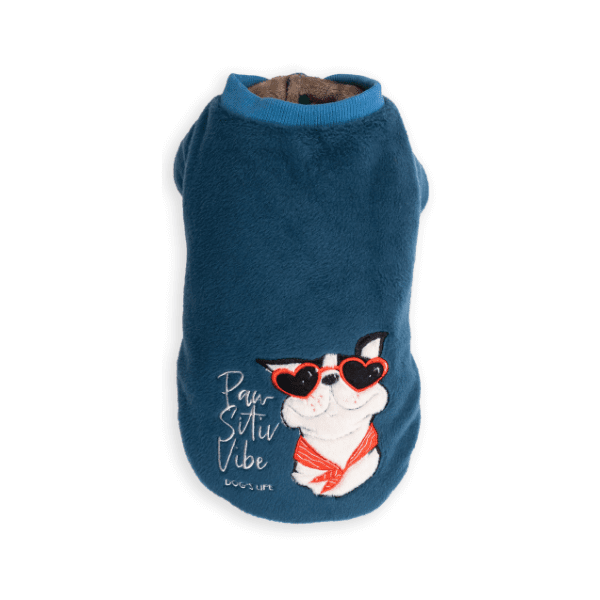

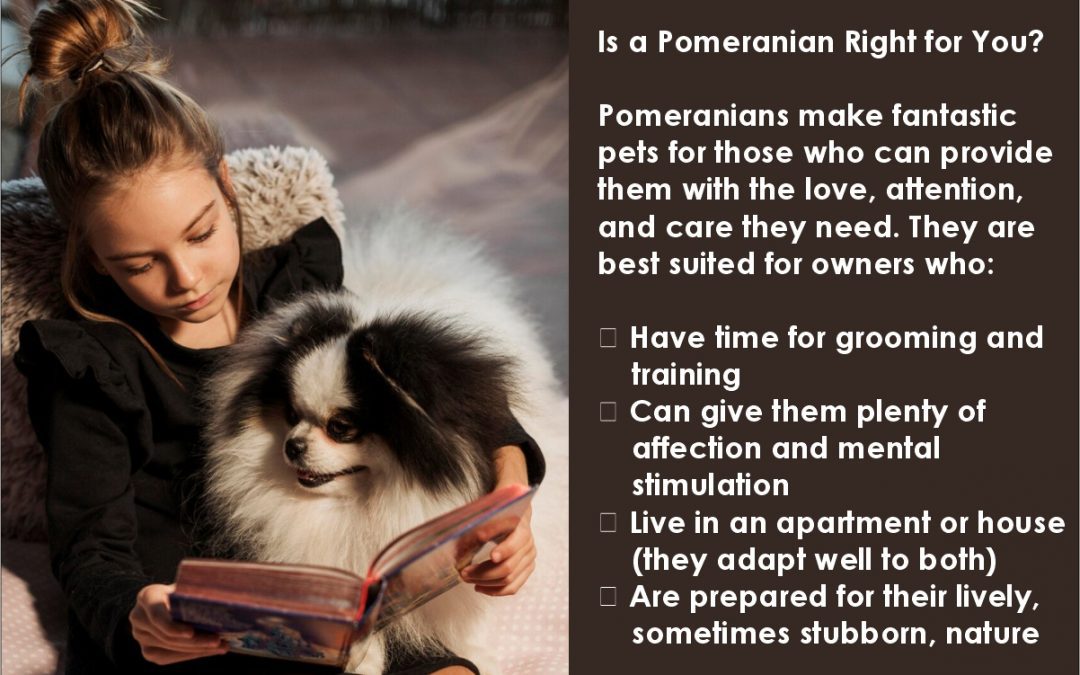
The page you requested could not be found. Try refining your search, or use the navigation above to locate the post.
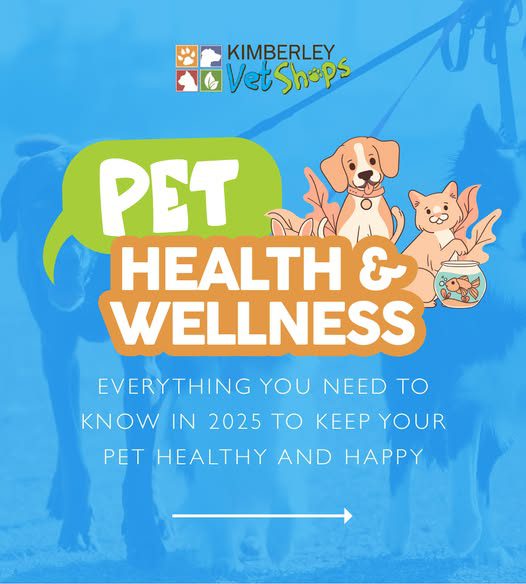
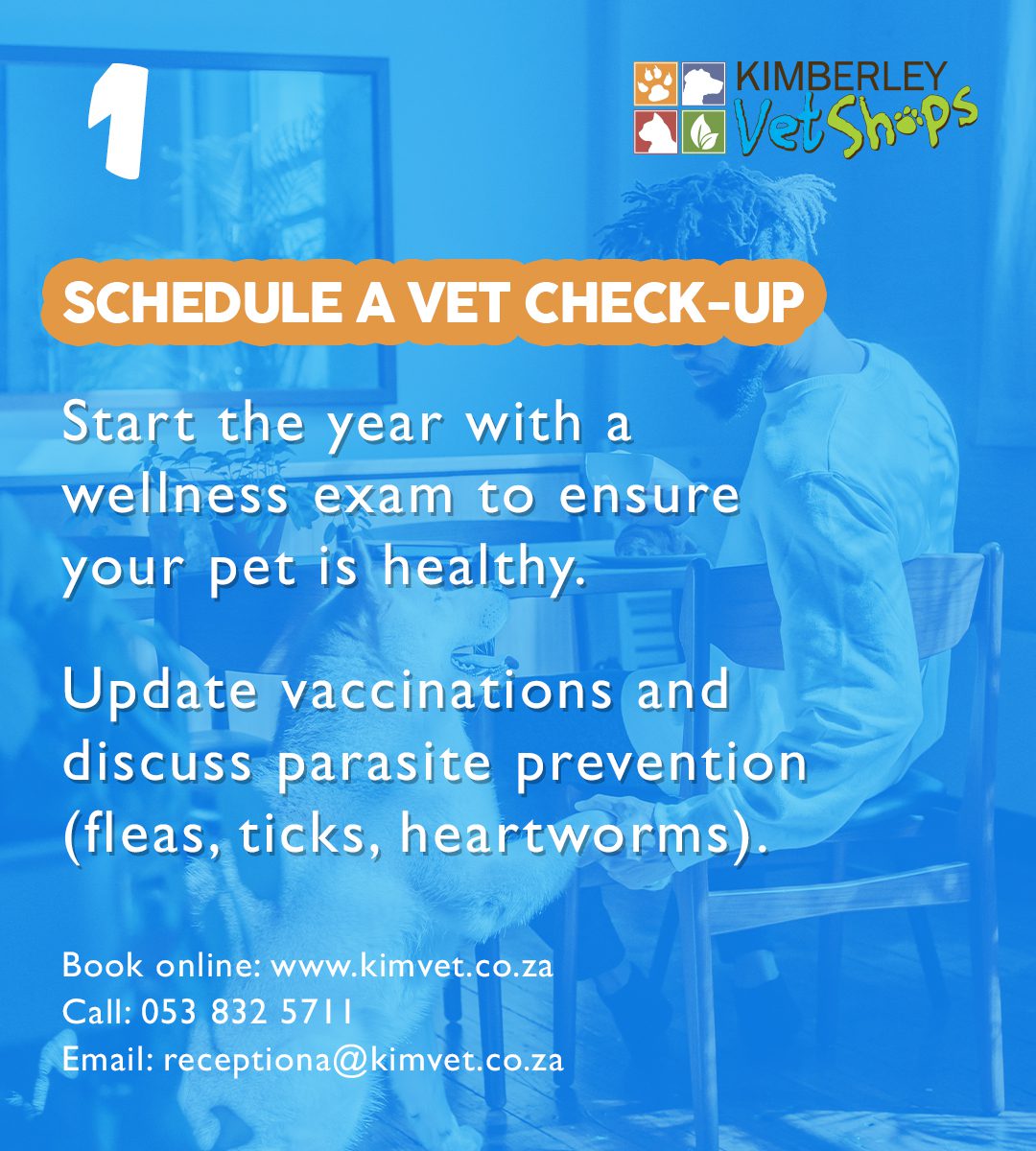
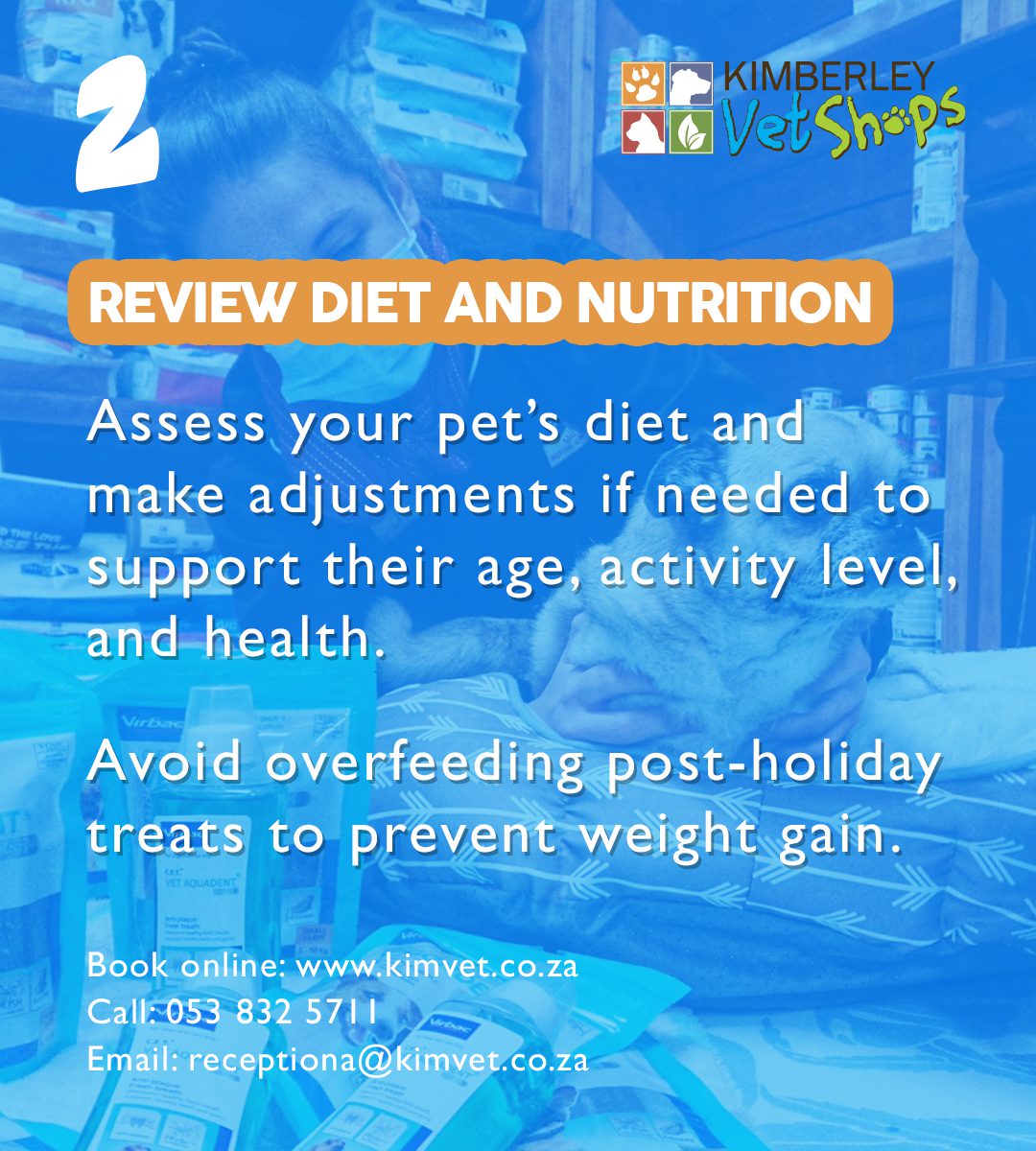
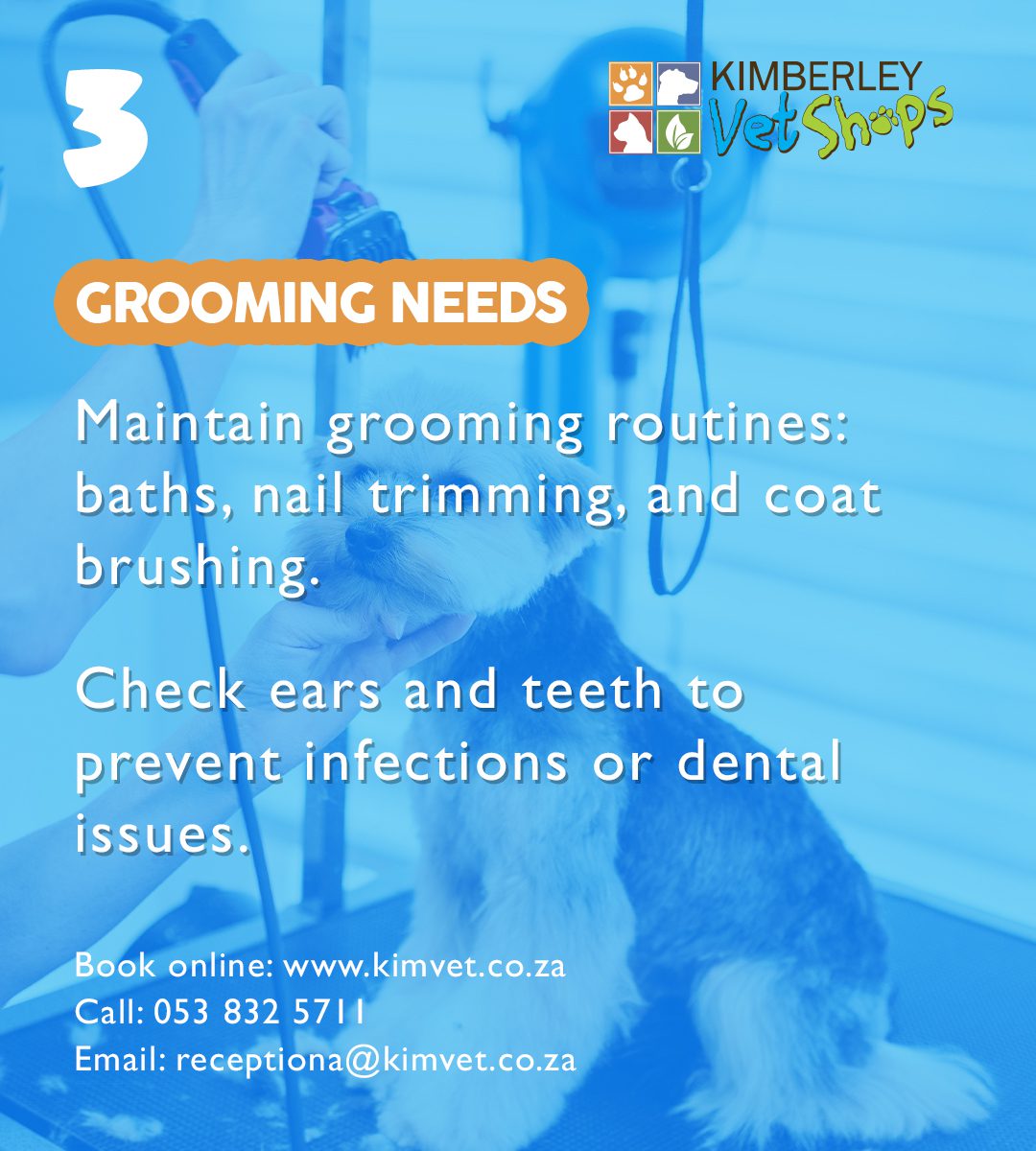
https://kimvet.co.za/contact-us/ https://kimvet.co.za/online-shop/
#petsupplies #petcare #shoplocal #petlovers #petproducts #smallpets #animalcare #CatEnrichment #HappyCats #HealthyPets
Showing 37–48 of 58 resultsSorted by popularity
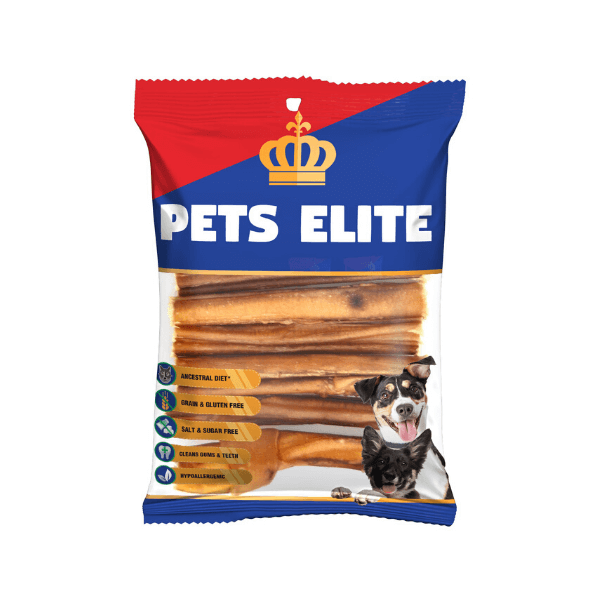
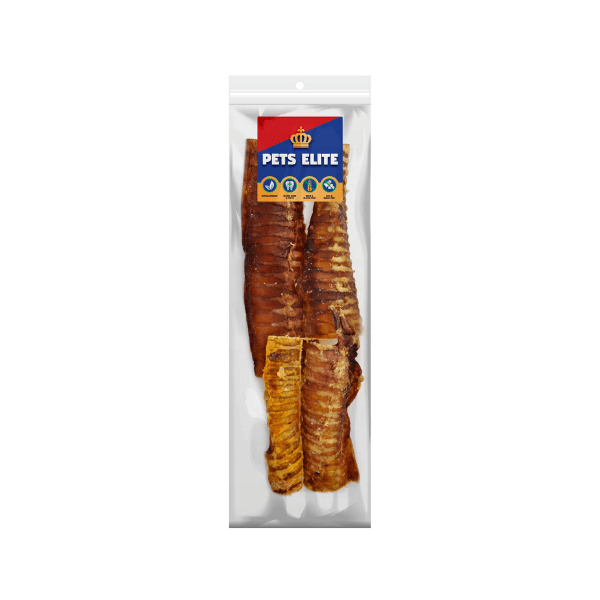


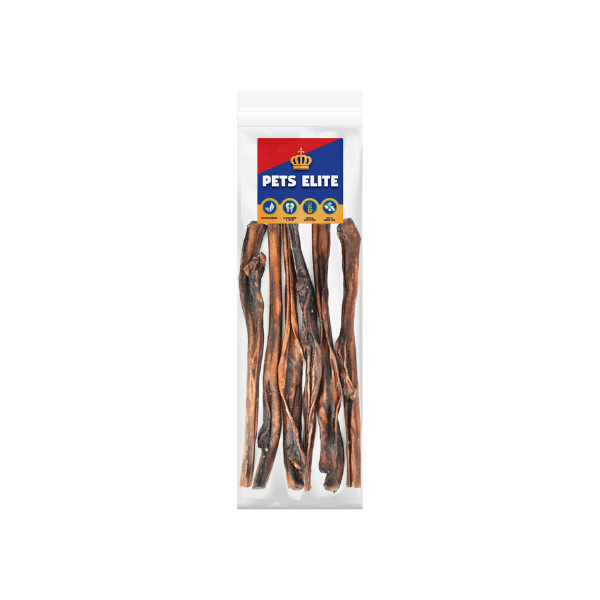



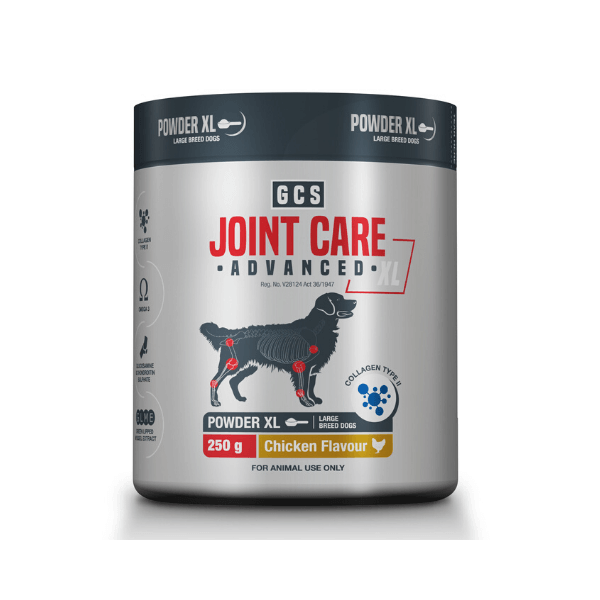
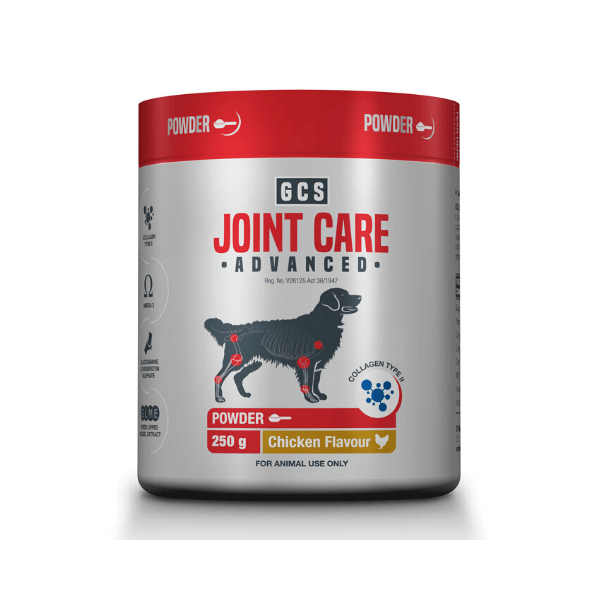



• Labrador Retriever
Labradors are friendly, patient, and energetic, making them excellent companions for active families. Their gentle temperament and love for play make them ideal for children of all ages.
• Miniature Schnauzer
This breed is small, sturdy, and affectionate, perfect for smaller homes or yards. Miniature Schnauzers are playful and thrive on interaction, making them wonderful with children.
• Dachshund
Dachshunds are small and playful, with a loyal and friendly personality. They’re great for families with limited space and love being part of a child’s daily life.
• Rhodesian Ridgeback
This South African breed is known for its strength and loyalty. Despite their large size, they are gentle with children and make excellent protective family pets.
https://kimvet.co.za/contact-us/
#petsupplies #petcare #shoplocal #petlovers #petproducts #smallpets #animalcare #CatEnrichment #HappyCats #HealthyPets


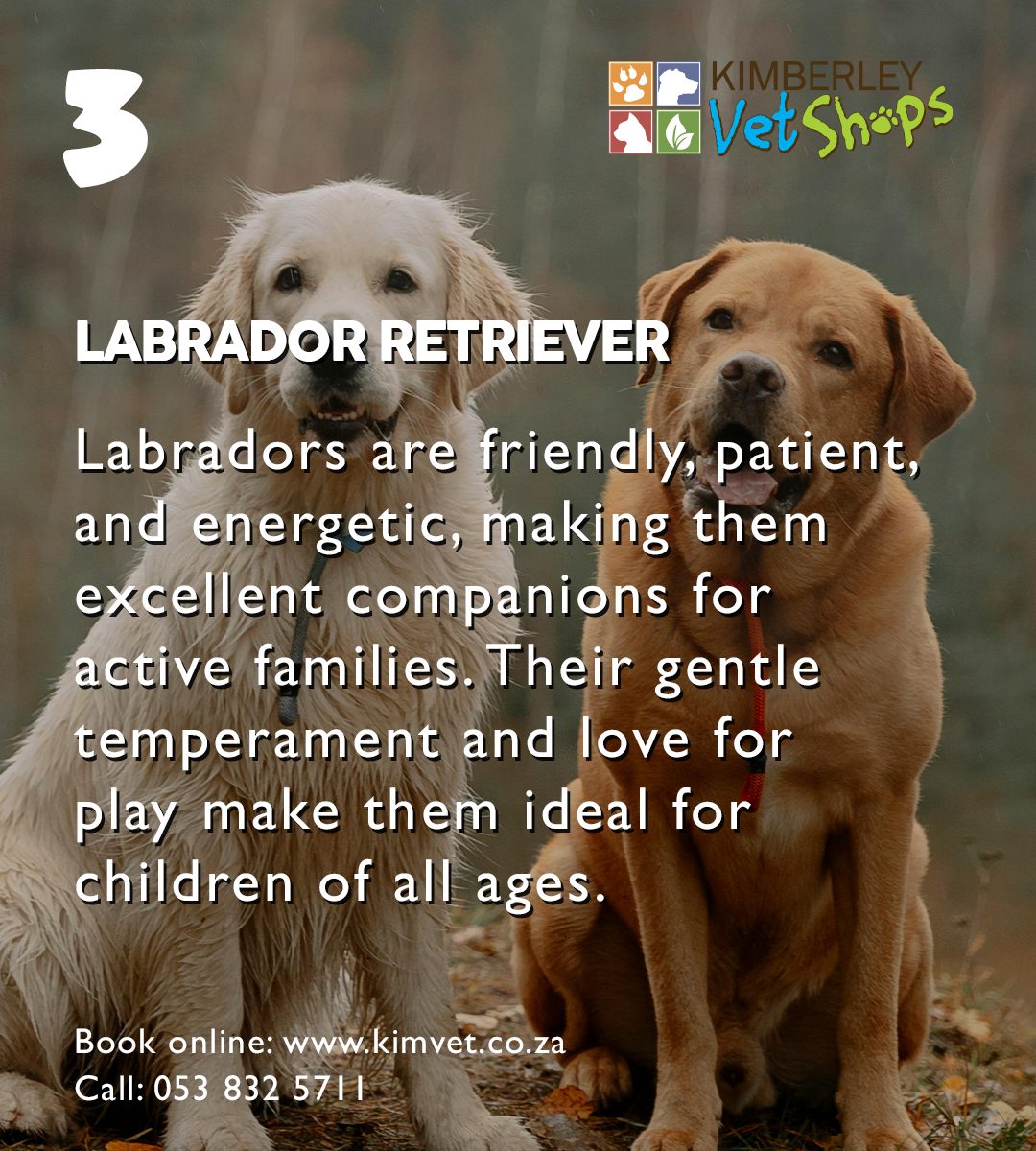

Showing 37–48 of 89 results



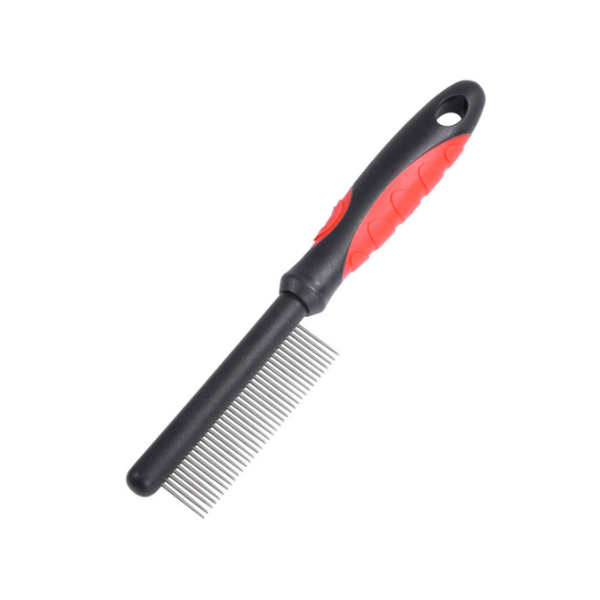



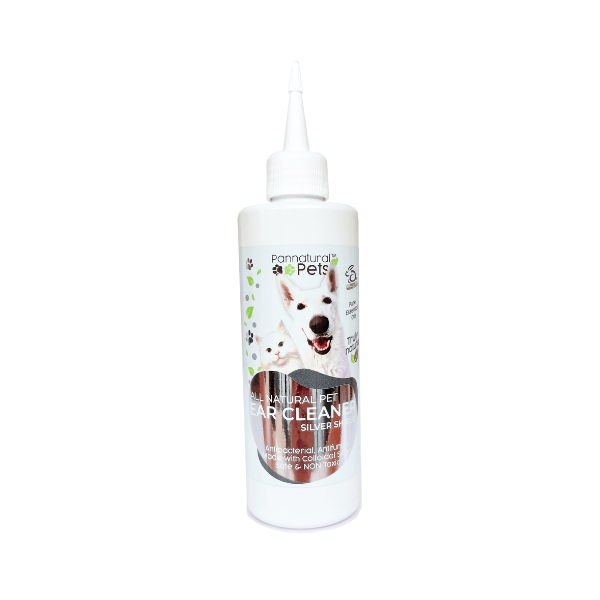
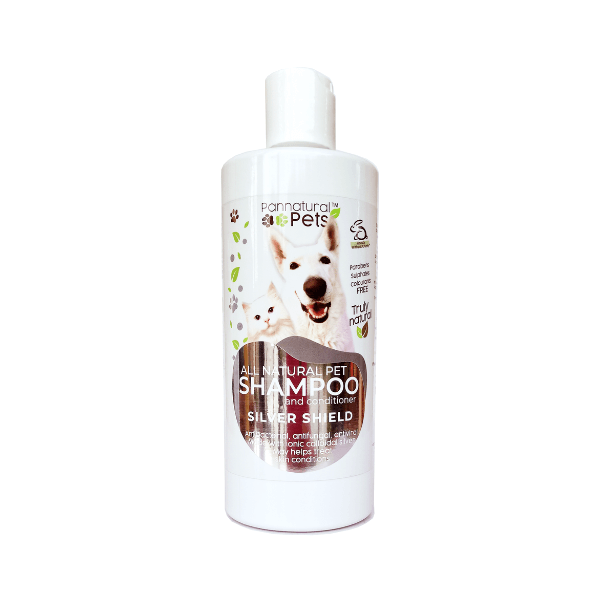
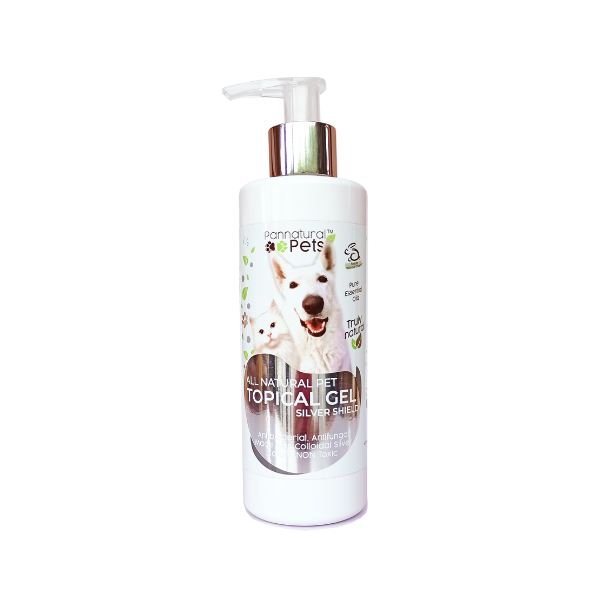



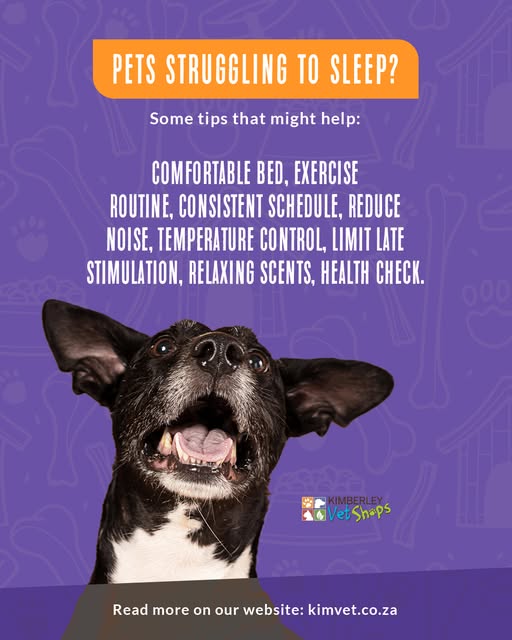
Comfortable Bed: Provide a cozy, quiet space with a supportive bed suited to your pet’s size and needs.
Exercise Routine: Ensure they get enough physical and mental stimulation during the day to tire them out.
Consistent Schedule: Stick to a regular feeding, exercise, and bedtime routine to promote relaxation.
Reduce Noise: Minimise household noise during sleep hours, or use white noise machines to calm them.
Temperature Control: Keep their sleeping area at a comfortable temperature, not too hot or cold.
Limit Late Stimulation: Avoid playtime, heavy meals, or stimulating activities right before bed.
Relaxing Scents: Use calming scents like lavender (pet-safe formulations) to help them unwind.
Health Check: If your pet struggles with sleep often, consult your vet to rule out pain or health issues.
Showing 37–48 of 81 results





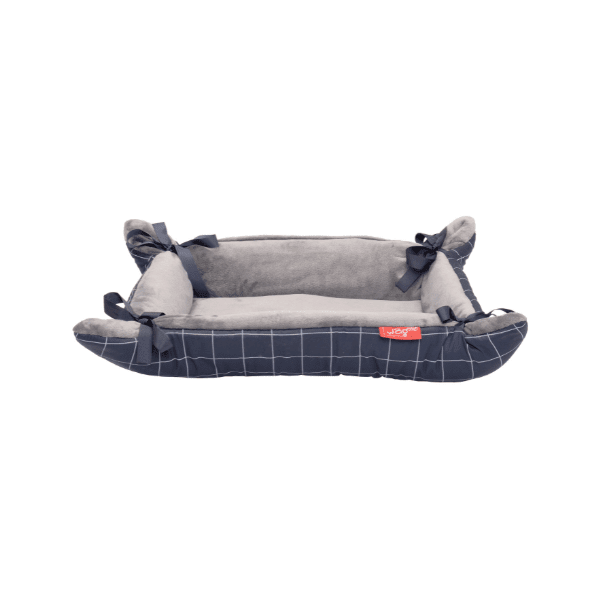


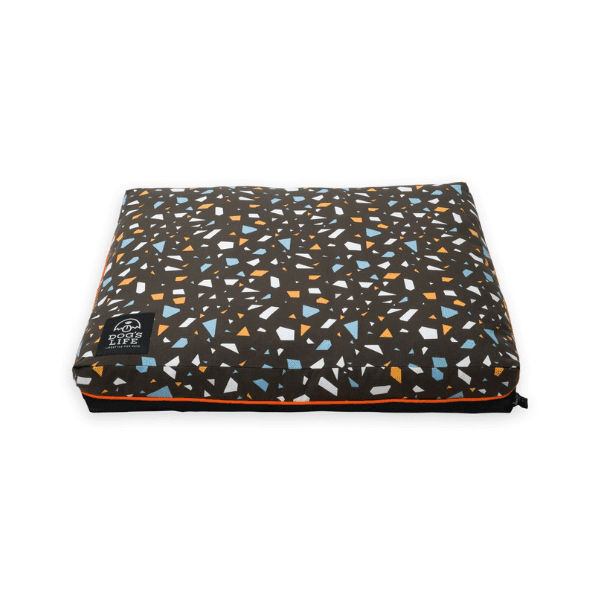

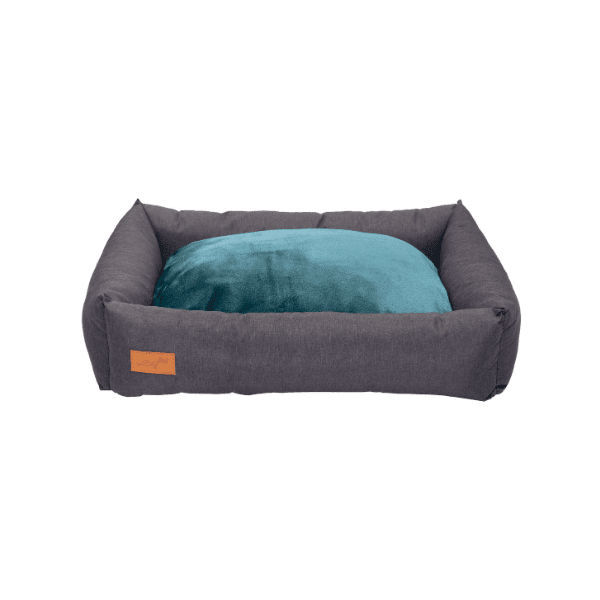

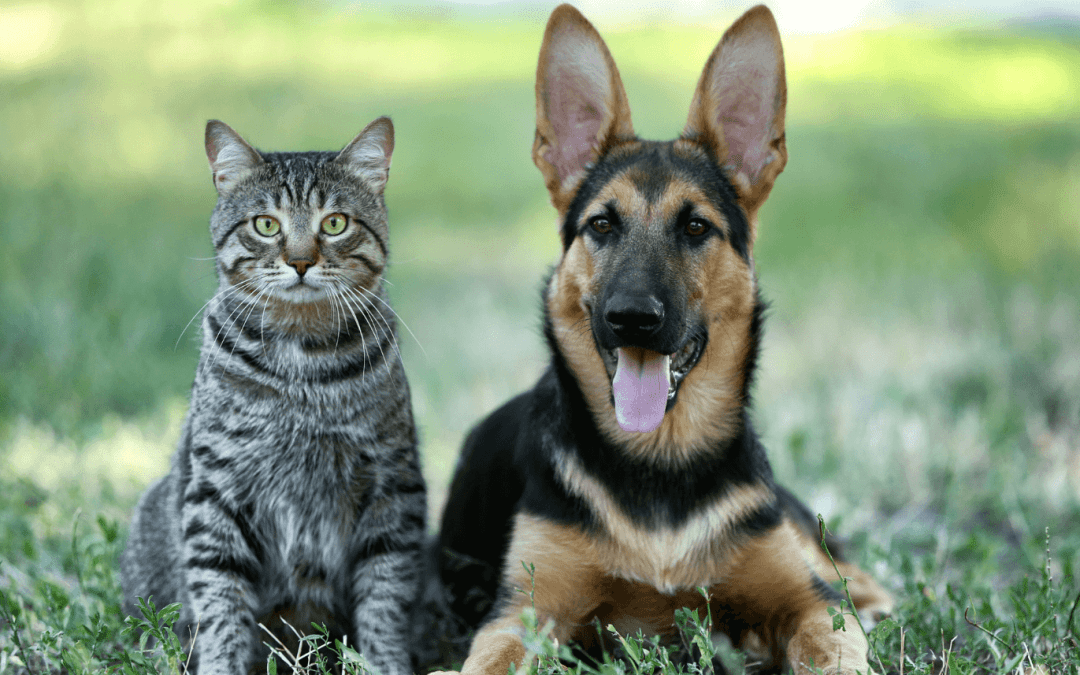
As a pet owner, it’s essential to prioritize your furry friend’s health and well-being. Once crucial aspect of pet care is protecting your dogs and cats from ticks and fleas. These external parasites can cause significant discomfort, transmit diseases, and even lead to life-threatening conditions. In this blog, we’ll delve into the importance of tick and flea treatment for dogs and cats, exploring the risks associated with these parasites, the benefits of treatment, and the best methods for prevention.
Ticks and fleas are two of the most common external parasites affecting dogs and cats. These parasites feed on the blood of their hosts, causing discomfort, anemia, and transmitting diseases.
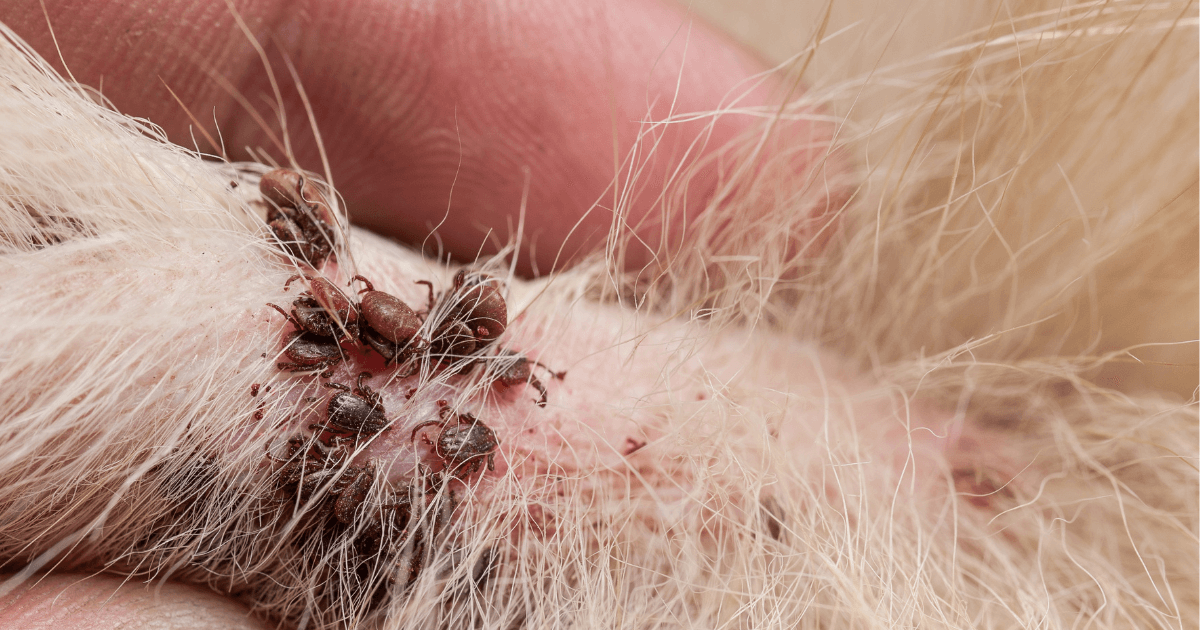
Ticks are ectoparasites that attach themselves to dogs and cats, feeding on their blood. In South Africa, the most common tick species are the Brown Dog Tick (Rhipicephalus sanguineus), the Yellow Dog Tick (Haemaphysalis leachi), and the Bont Tick (Hyalomma marginatum). Ticks can transmit several diseases, including:
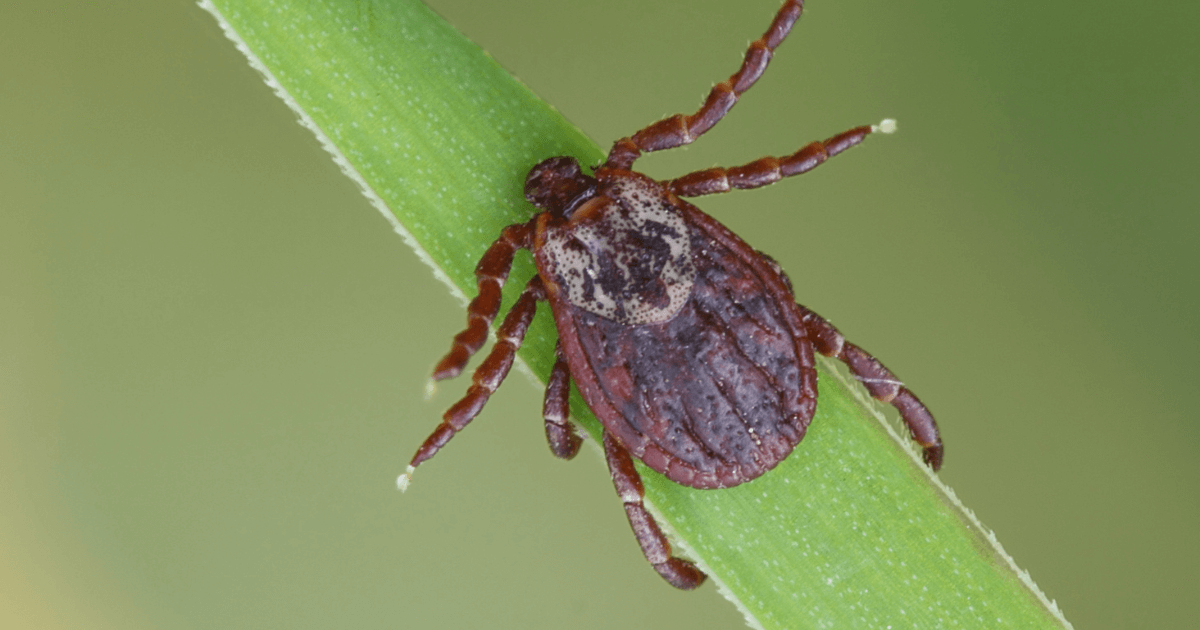
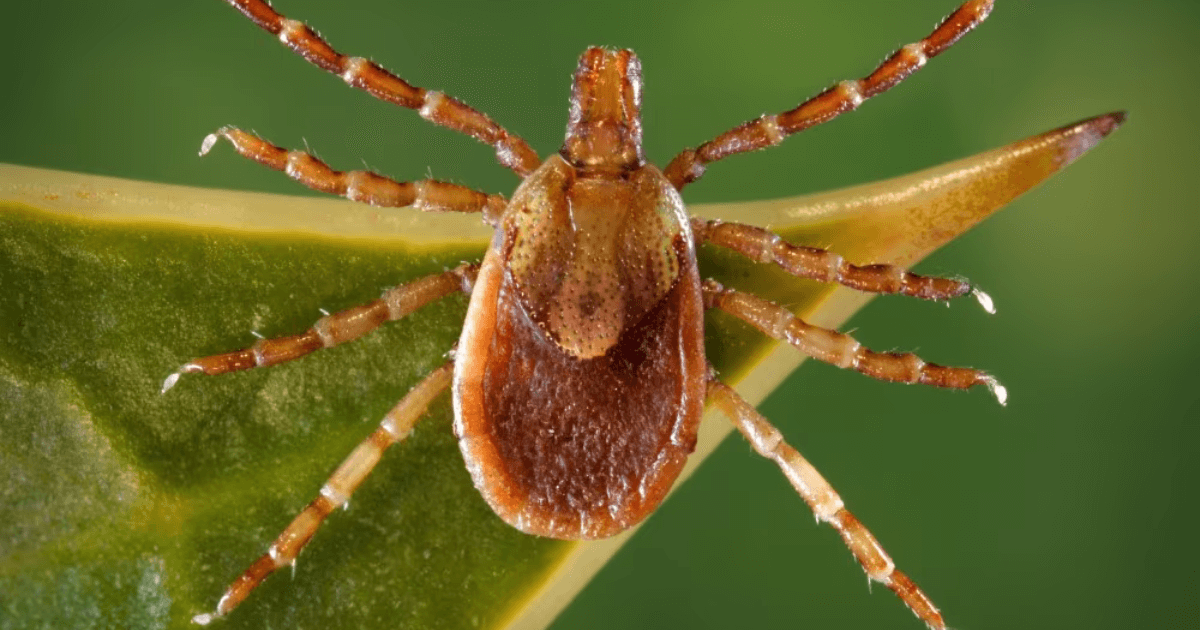
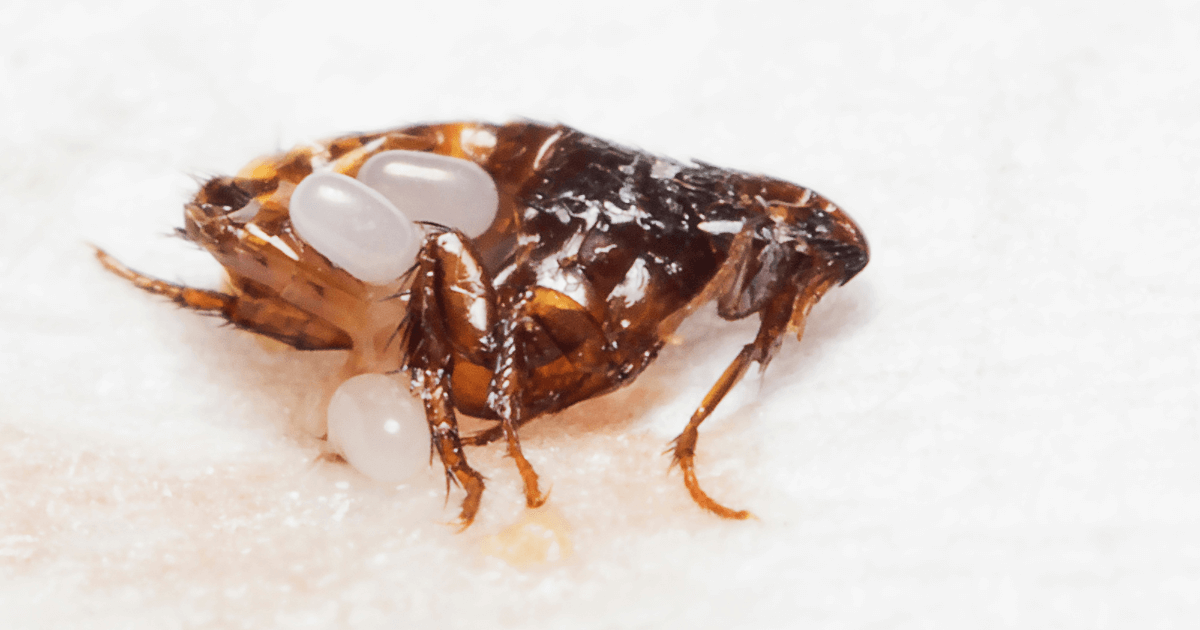
Fleas are small, wingless insects that feed on the blood of dogs and cats. In South Africa, the most common flea species is the Cat Flea (Ctenocephalides felis). Fleas can transmit diseases, including:
In our next blog, we will go into more detail about the different diseases.
Given the risks associated with ticks and fleas, it’s essential to prioritize tick and flea treatment for your dogs and cats. Treatment can help prevent the transmission of diseases, reduce discomfort and anemia, and prevent infestations.
There are several methods for preventing and treating tick and flea infestations. These include:
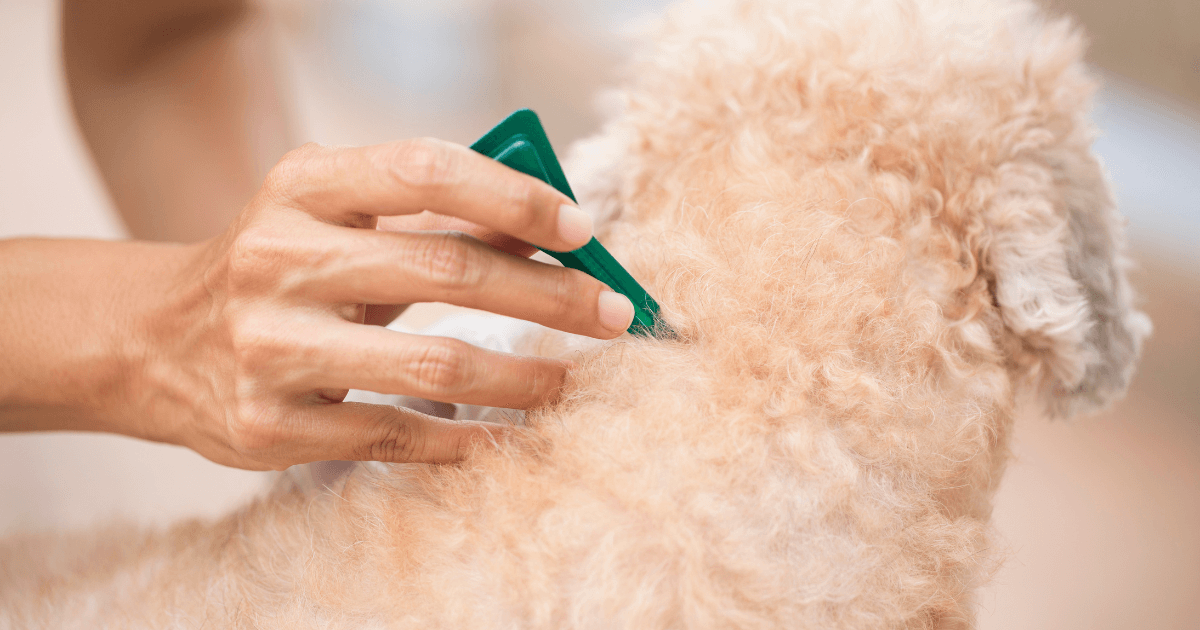
R102.00 – R172.00
For the treatment and prevention of fleas and ticks on dogs and puppies from 8 weeks of age.
R181.11
Provides the broadest scope of protection in one dose, protecting cats and kittens inside and out against flea, ticks, ear mite, roundworms, hookworms, and heartworms.
19 in stock
R110.00
For the treatment and prevention of fleas and ticks on cats and kittens from 8 weeks of age.
51 in stock
R71.73
Ultrum Powder contains Porpoxur in a perfumed talc base, packed in a powder shaker – for the control of fleas, ticks, feather mites, red mites and lice on dogs, cats, puppies, kittens and birds, including cage birds and poultry. It is safe for use on rabbits. Ultrum Powder is cost effective and can be used regularly to keep flea infestations at bay (it is recommended to use it in conjunction with other flea and tick remedies).
12 in stock (can be backordered)
R135.38
Ultrum Plus is a luxury insecticidal, flea & tick shampoo for dogs. Contains evening primrose oil, permethrin (for extended action), esbiothrin (for instant knockdown), piperonyl butoxide, lanolin and conditioners. The shampoo leaves the coat and fur silky-clean and sweet-smelling. Use Ultrum Plus when fleas and ticks are a problem and the dog-owner wants to ensure that the animal is completely free of these parasites. Not safe for cats.
7 in stock (can be backordered)
R135.38
Ultrum Original is a luxury insecticidal, flea & tick shampoo safe for use on cats, dogs, puppies and kittens. Contains natural pyrethrum, piperonyl butoxide, humectant, lanolin and conditioners. The shampoo leaves the coat and fur silky-clean and sweet-smelling. It’s perfect for the new puppy or kitten brought into the home. Can be used in multi pet households to prevent toxicity in cats.
8 in stock (can be backordered)
R193.27 – R290.31
Ultrum Ultimate treats and prevents flea and tick infestations in dogs. Ultrum Ultimate gives over 3 weeks protection against fleas, kills flea eggs and larvae over 3 months and is also effective against ticks. Contains permethrin, es-bioallethrin, piperonyl butoxide and pyriproxifen. When fleas and ticks are a problem and the dog-owner wants to ensure that the animal is completely free of these parasites.
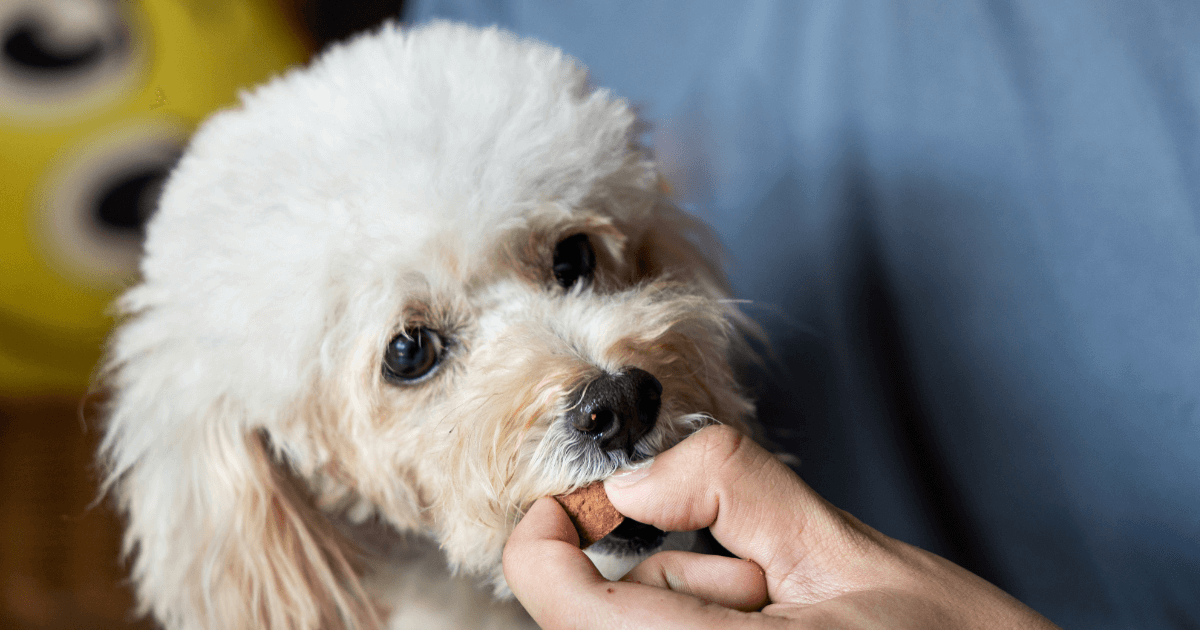
R117.00 – R191.00
Nexgard contains afoxolaner, an insecticide-acaricide for oral treatment and prevention of flea, tick and mite infestations of dogs and puppies 8 weeks of age and older, for one month following a single administration.
R330.13 – R666.07
For the treatment and prevention of tick, flea and mite infestations in dogs.
R265.10 – R625.51
Simparica is a fast acting safe chewy tablet that starts killing fleas within 3 hours and ticks within 8 hours.
R71.73
Ultrum Powder contains Porpoxur in a perfumed talc base, packed in a powder shaker – for the control of fleas, ticks, feather mites, red mites and lice on dogs, cats, puppies, kittens and birds, including cage birds and poultry. It is safe for use on rabbits. Ultrum Powder is cost effective and can be used regularly to keep flea infestations at bay (it is recommended to use it in conjunction with other flea and tick remedies).
12 in stock (can be backordered)
R193.27 – R290.31
Ultrum Ultimate treats and prevents flea and tick infestations in dogs. Ultrum Ultimate gives over 3 weeks protection against fleas, kills flea eggs and larvae over 3 months and is also effective against ticks. Contains permethrin, es-bioallethrin, piperonyl butoxide and pyriproxifen. When fleas and ticks are a problem and the dog-owner wants to ensure that the animal is completely free of these parasites.
Tick and flea treatment is essential for protecting your dogs and cats from the risks associated with these external parasites. Regular treatment can prevent the transmission of disease, reduce discomfort and anemia, and prevent infestations. By understanding the risks associated with ticks and fleas, the benefits of treatment, and the methods for prevention and treatment, you can help keep you furry friends free from these parasites.